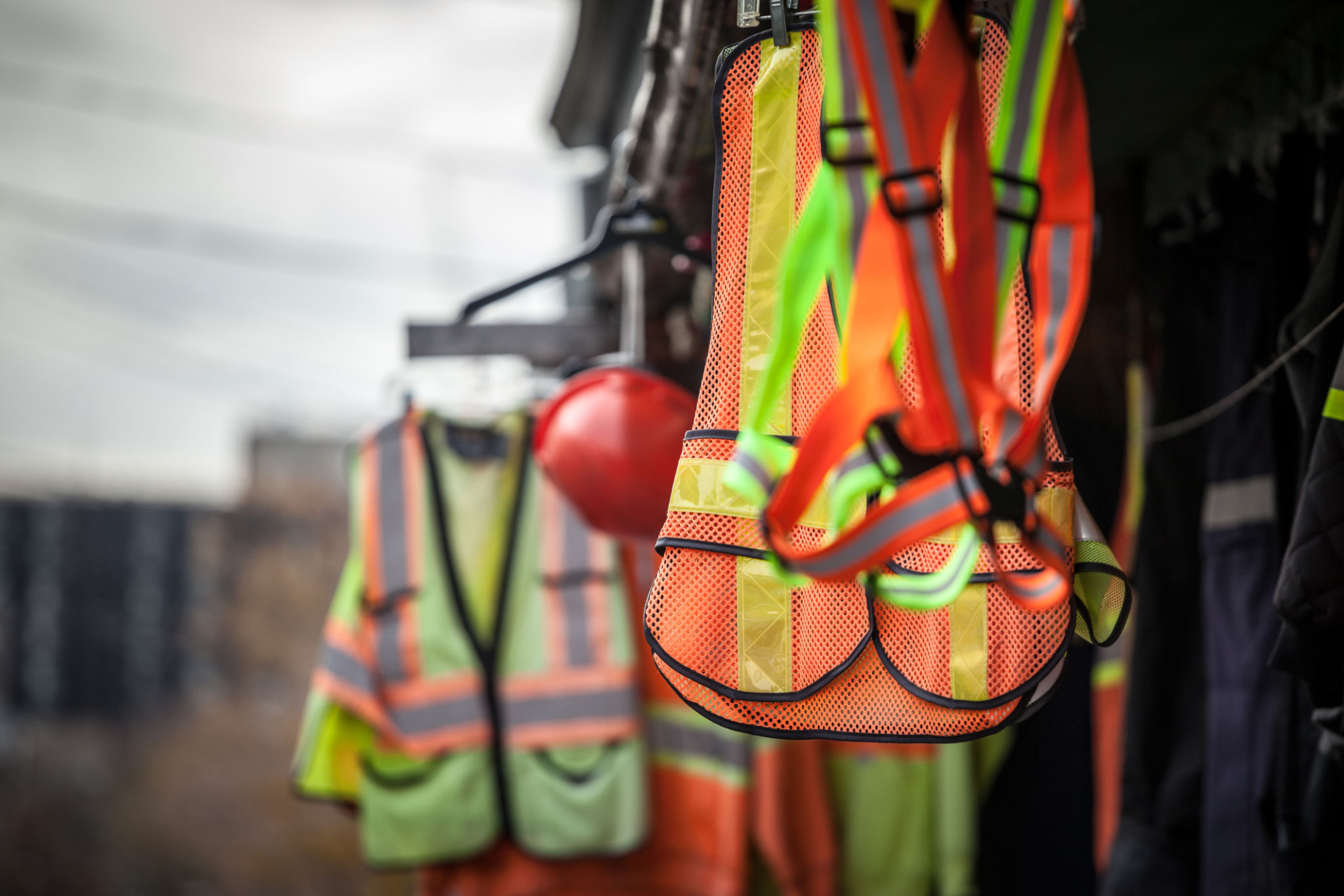Understanding Local Building Regulations in the Appalachian Region
Introduction to Local Building Regulations
Understanding local building regulations is crucial for anyone looking to construct or renovate properties in the Appalachian region. These regulations ensure that buildings are safe, sustainable, and in harmony with the environment and local community. In this guide, we'll explore the key aspects of these regulations and what you need to know before starting your building project.

Understanding Zoning Laws
Zoning laws are a fundamental part of building regulations in the Appalachian region. These laws dictate how land can be used, whether for residential, commercial, agricultural, or industrial purposes. Understanding the zoning classification of your property is essential as it affects what you can build and where. Violating zoning laws can lead to costly fines and project delays.
To navigate these laws, consider consulting with a local zoning official or a professional familiar with the region's regulations. They can provide insights into any restrictions that might apply to your project, such as height limitations, setback requirements, and permissible building materials.
Environmental Considerations
The Appalachian region is known for its stunning natural landscapes, and local building regulations often reflect a commitment to preserving these environments. Builders may need to conduct environmental impact assessments to ensure that their projects do not harm local ecosystems. This can include considerations for water management, soil erosion, and wildlife protection.

In some cases, builders might be required to implement specific measures to minimize environmental impact, such as using sustainable materials or integrating green building practices. These requirements not only help protect the environment but can also enhance the sustainability and energy efficiency of your building.
Building Codes and Safety Standards
Building codes in the Appalachian region are designed to ensure the safety and durability of structures. These codes cover a wide range of aspects, including structural integrity, fire safety, plumbing, and electrical systems. Adhering to these codes is not only a legal requirement but also a critical factor in protecting the well-being of occupants.
To ensure compliance, it's advisable to work with licensed architects and contractors who are familiar with local codes. They can help you navigate the complexities of these regulations and ensure that your building meets all necessary safety standards.

Historic Preservation and Aesthetic Guidelines
Many areas in the Appalachian region have a rich cultural heritage, and local building regulations may include guidelines for preserving historic structures and maintaining the aesthetic character of communities. If your project involves a historic site or is located in a designated historic district, you may need to adhere to specific design criteria.
These guidelines can affect the exterior appearance of your building, including materials, colors, and architectural style. Working with a preservation specialist can help ensure that your project respects the historical significance of the area while meeting modern needs.
Conclusion
Understanding and complying with local building regulations in the Appalachian region is essential for a successful construction project. From zoning laws and environmental considerations to safety standards and historic preservation, these regulations play a crucial role in shaping the built environment. By taking the time to understand these rules and working with knowledgeable professionals, you can ensure that your project is both compliant and successful.